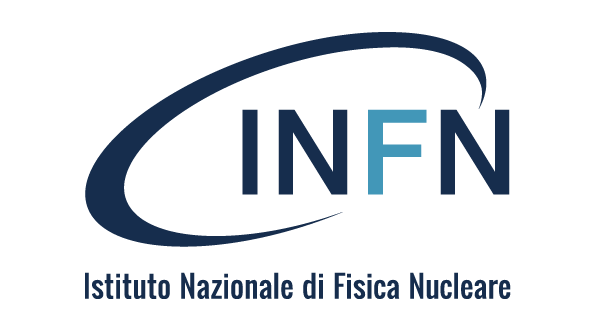PEOPLE
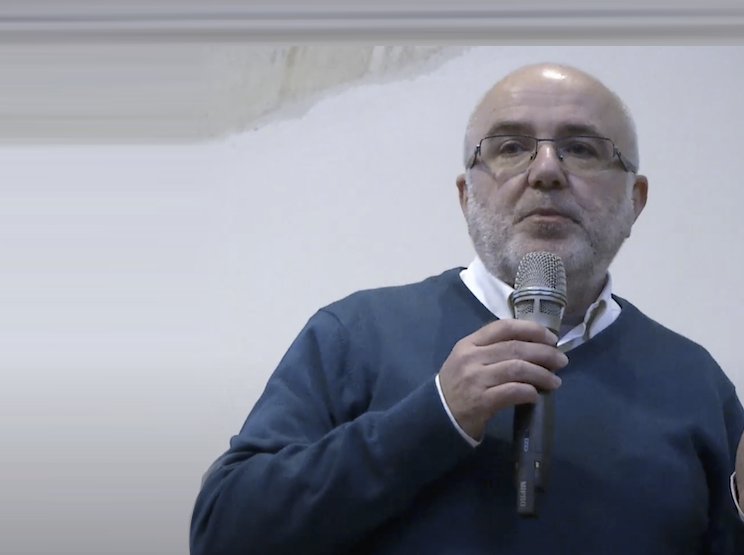
THE LHC RESTART AND NEW PROSPECTS
Interview with Roberto Tenchini, president of the INFN National Scientific Committee 1, which coordinates the institute’s activities in the particle physics sector, and researcher with the INFN Pisa Division
Last 22 April, the whole international particle physics community welcomed with interest and enthusiasm the news coming from CERN where two proton beams, each with an energy of 450 billion electronvolts (450 GeV), were injected in opposite directions inside the 27-kilometre underground ring of the Large Hadron Collider (LHC), the biggest and most powerful particle accelerator ever created. The restart of the LHC, which comes after a stop of almost three years, during which the machine and the four big experiments installed at the beam collision points underwent maintenance and upgrade works, was, in fact, the first step towards fully restarting scientific activities of the third data acquisition period (Run 3). ...
On 22 April, LHC was restarted with the injection of the first two proton beams. What does this initial switching-on stage of the LHC entail and how long will it last?
The LHC is a complex machine, a particle collider with a 27 km ring with a large number of components. Just to give an example: only the magnetic dipoles, which “bend” the beams, are 1232. The LHC itself receives the beams from the CERN accelerator complex. After a period of three years in which improvements were made and repairs carried out, we need to verify that each of its parts operates perfectly, increasing, step by step, the intensity of the packets of protons, the number of packets themselves, and their energy.NEWS
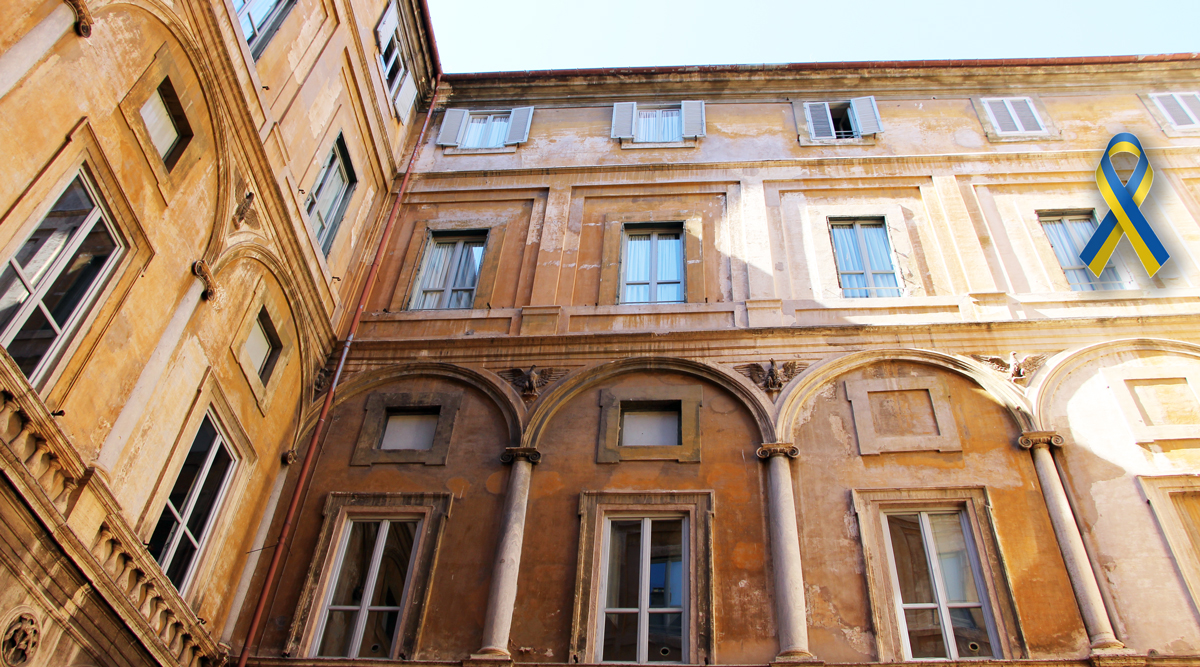
STANDWITHUKRAINE
THE CALL FOR UKRAINIAN RESEARCHERS AND TECHNOLOGISTS IS NOW OPEN
A first INFN call for applications (available on the Job Opportunities page on the website www.infn.it/en/) for research grants to support Ukrainian scientists is open. This call offers to researchers and technologists the possibility to work at one of the INFN facilities. "The objective of the positions offered by our Institute - explains Antonio Zoccoli, president of INFN - is to give concrete help to Ukrainian colleagues whose personal and professional lives have been devastated by this atrocious war. If this call is successful, the number of positions offered could be increased in the future."
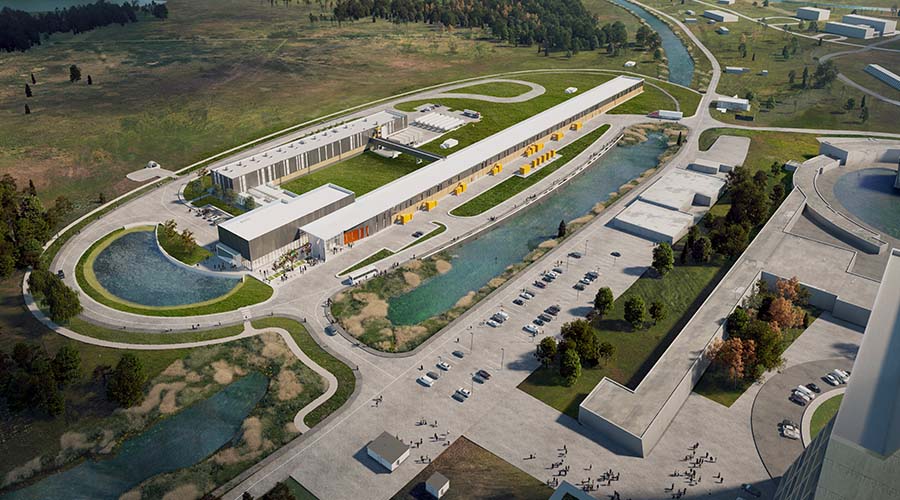
INTERNATIONAL COLLABORATIONS
THE CONCLUDING STAGE OF THE PIP-II PROJECT APPROVED
The final phase of the Proton Improvement Plan-II (PIP-II), the upgrade of the Fermilab accelerator complex, kicks off. Fermilab is the main US centre for particle physics, in Batavia, Illinois. The Department of Energy (DOE) of the United States has, in fact, formally approved the start of works envisaged by the PIP-II, including a new superconducting linear accelerator of 215 metres (LINAC) that will produce the high-energy neutrino beam for DUNE (the Deep Underground Neutrino Experiment), in which INFN is also taking part.
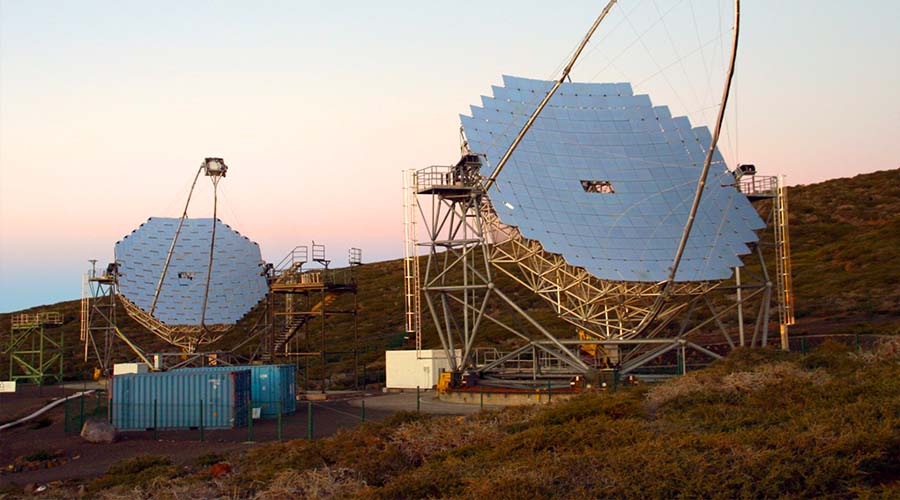
RESEARCH
MAGIC TELESCOPES OBSERVE A RARE GAMMA EVENT IN THE SKY
A new study conducted by the European collaboration MAGIC, published on 14 April in the journal Nature Astronomy, revealed the observation of a flow of high-energy gamma rays coming from a recurrent nova in the Milky Way. The event, the first of its kind to be detected at similar energies, sheds light on a class of astrophysical phenomena considered responsible for the periodic explosions that take place on the surface of novae - stellar bodies belonging to the family of white dwarves - and for the emission of a part of the photons that constitute the gamma radiation background that permeates our whole galaxy.

RESEARCH QUALITY EVALUATION
2015-2019 RESEARCH QUALITY EVALUATION: INFN CONSOLIDATES ITS LEADING POSITION AMONG PUBLIC RESEARCH BODIES FOR QUALITY OF RESEARCH AND THIRD MISSION
INFN consolidates its top position among Public Research Bodies overseen by the Ministry of Universities and Research (MUR) in the 2015-2019 research quality evaluation (VQR) of the Italian National Agency for the Evaluation of Universities and Research Institutes (ANVUR), and also in the evaluation of the quality of its Third Mission, or its knowledge and technology transfer and dissemination of scientific culture.
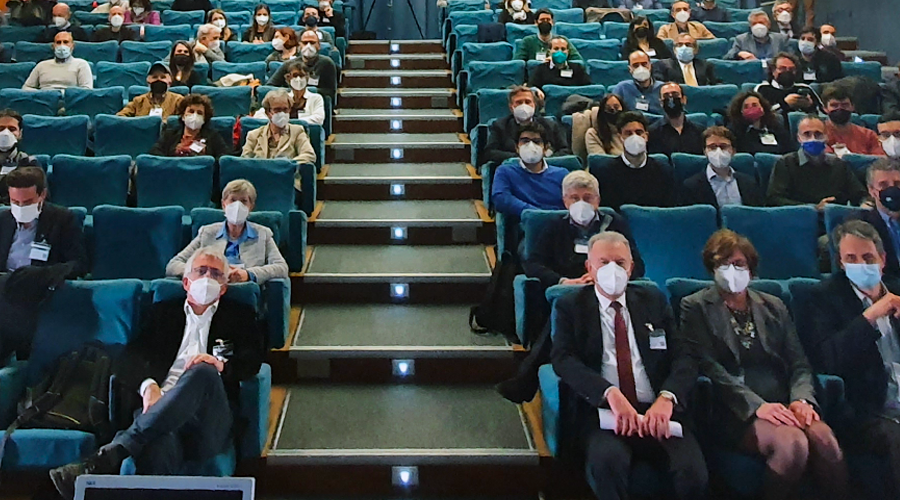
TECHNOLOGIES
THE FIRST ITALIAN WORKSHOP ON THE GREAT ACCELERATOR OF THE FUTURE
The First FCC-Italy Workshop was recently held in Rome. This was the first Italian workshop dedicated to the project for the successor of the Large Hadron Collider at CERN, the Future Circular Collider. The event, organized by INFN, was attended by 120 researchers, and 15 reports were presented.
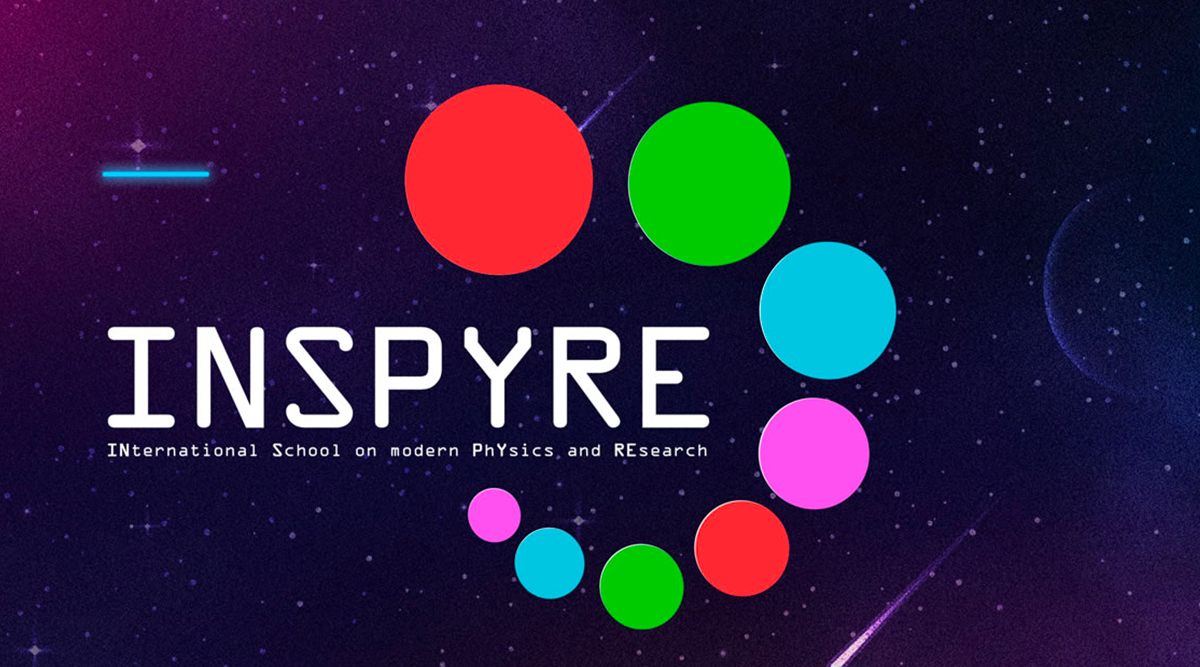
TRAINING
FROM PARTICLES TO THE STARS: HIGH SCHOOL STUDENTS AT THE MODERN PHYSICS SCHOOL
From particle physics to the Universe, from the infinitely small to the infinitely large: almost 200 senior high school students from Italy and other countries in the world participated to INSPYRE (International School on modern PhYsics and REsearch), the international school organised by the INFN Frascati National Laboratories, from 4 to 8 April.
FOCUS
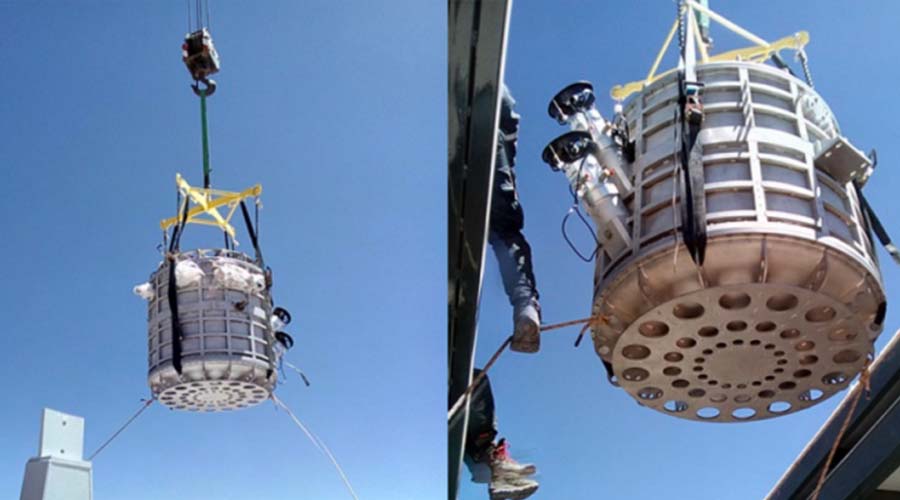 QUBIC: A NEW WAY OF STUDYING THE PRIMORDIAL UNIVERSE
QUBIC: A NEW WAY OF STUDYING THE PRIMORDIAL UNIVERSE
On 21 April, eight articles were published in a special edition of the Journal of Cosmology and Astroparticle Physics authored by the international collaboration QUBIC (Q&U Bolometric Interferometer for Cosmology). QUBIC is creating a telescope in Argentina for studying the newborn universe that will make use of an innovative technique. QUBIC, in fact, will observe and map the properties of the cosmic microwave background, the residual echo of the Big Bang, concentrating on measuring particular components of the orientation of fluctuations in cosmic microwave...
TAKE PART IN
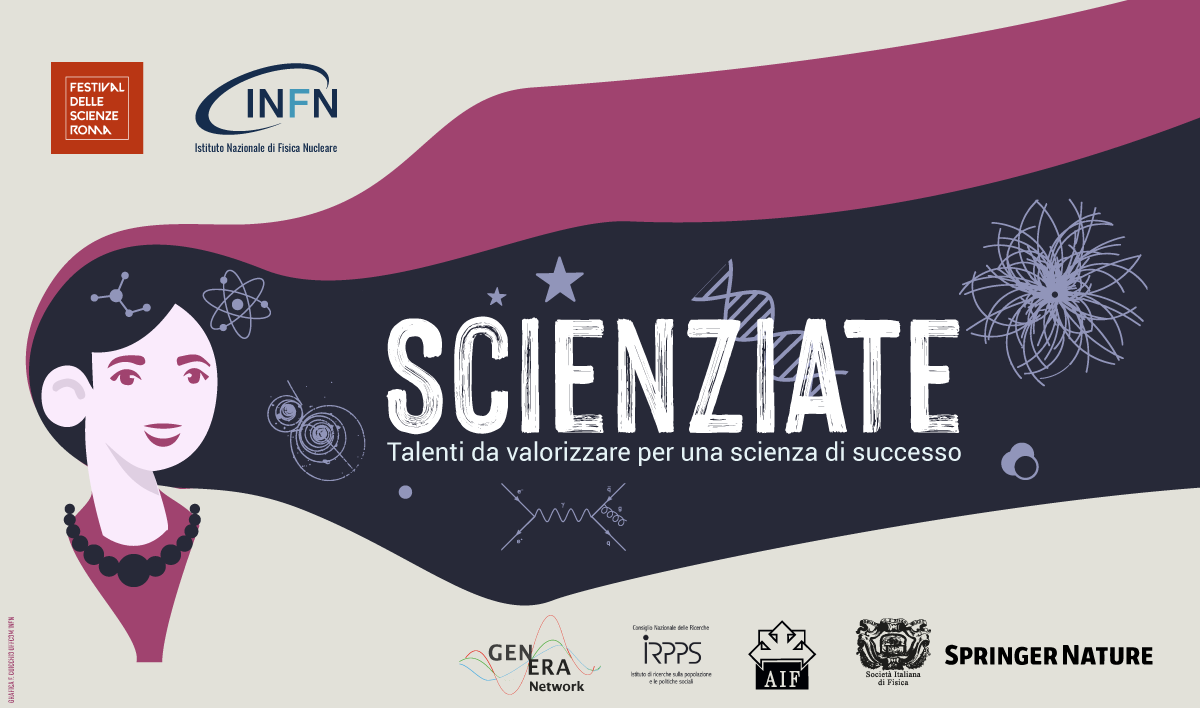 FEMALE SCIENTISTS. TALENTS TO ENHANCE FOR A SUCCESSFUL SCIENCE
FEMALE SCIENTISTS. TALENTS TO ENHANCE FOR A SUCCESSFUL SCIENCE
On May 20 the Auditorium Parco della Musica in Rome will host the event Scienziate. Talenti da valorizzare per una scienza di successo (Female scientists. Talents to enhance for a successful science), organized within the competition for secondary schools Women and research in physics: opportunities, obstacles and challenges, promoted by INFN, the Italian National Institute for Nuclear Physics, and the Italian National Research Council Institute for Research on Population and Social Policy IRPPS, partner of the European network GENERA - Gender Equality Network in the European Research Area. ...
INFORMATION AND CONTACT
Images cover
Cover image: CERN, LHC
INFN - COMMUNICATIONS OFFICE
comunicazione@presid.infn.it
+39 06 6868162
EDITORIAL BOARD
Coordination:
Francesca Scianitti
Project and contents:
Cecilia Collà Ruvolo, Eleonora Cossi, Matteo Massicci, Anna Greco, Francesca Mazzotta, Francesca Scianitti, Antonella Varaschin
Design and Mailing Coordinator:
Francesca Cuicchio
Gaia Stirpe
Translation
ALLtrad
ICT service:
Servizio Infrastrutture e Servizi Informatici Nazionali INFN
Collaboration on this issue:
Diego Tonini, INFN Ufficio Trasferimento Tecnologico
